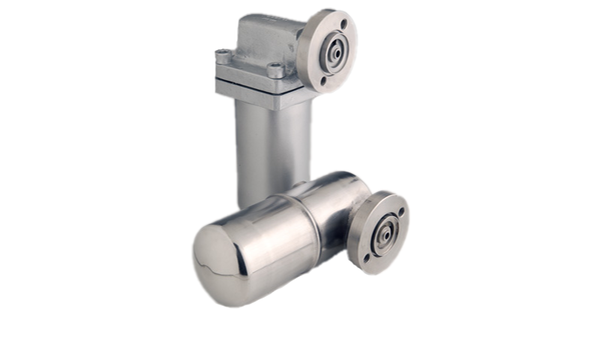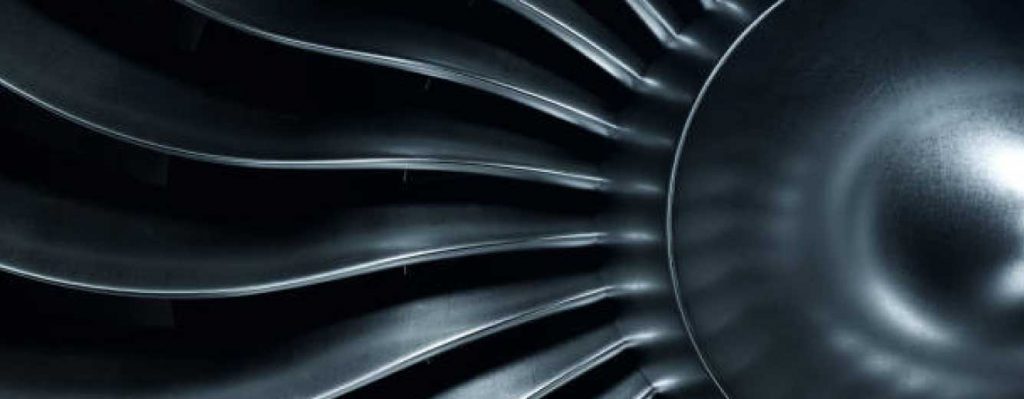The Crucial Role of Properly Functioning Steam Traps in Steam Systems

The Crucial Role of Properly Functioning Steam Traps in Steam Systems
Steam systems are an integral part of various industries, providing energy for heating, cooling, and various other processes. A key component of these systems is the steam trap, which plays a vital role in maintaining the system’s efficiency, safety, and longevity. Ensuring that steam traps function correctly is essential for the overall performance of a steam system. This article explores the importance of properly functioning steam traps and the potential consequences of faulty traps.
The Role of Steam Traps
Steam traps are automatic valves designed to remove condensate, air, and other non-condensable gases from a steam system without losing steam. They play a critical role in maintaining the balance between steam production and condensate removal, which is crucial for the system’s efficiency and performance. Some of the primary functions of steam traps include:
- Enhancing energy efficiency: By efficiently removing condensate, steam traps allow the steam system to operate at its optimal energy efficiency. This reduces energy waste and lowers operating costs.
- Preventing water hammer: Water hammer is a potentially damaging phenomenon that occurs when a sudden pressure wave travels through a steam system due to the rapid condensation of steam or the presence of condensate. Properly functioning steam traps remove condensate, reducing the risk of water hammer and associated damage to pipes, valves, and other system components.
- Reducing corrosion: Condensate, particularly when mixed with air or other non-condensable gases, can cause corrosion within the steam system. By effectively removing these substances, steam traps help minimize the risk of corrosion, prolonging the lifespan of the system components and reducing maintenance costs.
- Ensuring heat transfer efficiency: Steam traps help maintain the desired temperature and pressure levels within the system, ensuring optimal heat transfer efficiency. This is essential for processes that rely on accurate temperature control and consistent steam supply.
- Supporting system safety: By preventing the buildup of condensate and maintaining proper pressure levels, steam traps contribute to the overall safety of the steam system. A well-functioning steam trap reduces the risk of equipment failure, leaks, and other safety hazards.
Consequences of Faulty Steam Traps
A malfunctioning steam trap can have several negative consequences for a steam system, including:
- Decreased energy efficiency: Faulty steam traps may allow live steam to escape, leading to wasted energy and increased fuel consumption. This can result in higher operating costs and a larger carbon footprint.
- Increased risk of water hammer: When steam traps fail to remove condensate effectively, the risk of water hammer increases, which can cause significant damage to pipes, valves, and other system components.
- Higher corrosion rates: Inefficient removal of condensate and non-condensable gases can lead to increased corrosion within the steam system, reducing the lifespan of components and increasing maintenance costs.
- Reduced heat transfer efficiency: A malfunctioning steam trap may negatively impact the system’s temperature and pressure levels, leading to suboptimal heat transfer efficiency and potentially affecting the quality of the processes that rely on the steam system.
- Compromised safety: Faulty steam traps can contribute to pressure imbalances and the accumulation of condensate, which can increase the risk of equipment failure, leaks, and other safety hazards.
Regular Maintenance and Monitoring
To ensure the proper functioning of steam traps and the overall performance of a steam system, regular maintenance and monitoring are essential. Regular inspections can help identify issues such as blockages, leaks, and worn components before they lead to more significant problems. Implementing a preventive maintenance program can prolong the life of steam traps and reduce the likelihood of system downtime.
Additionally, monitoring the performance of steam traps using ultrasonic testing or temperature measurement can provide valuable insights into their functionality. This information can be used to identify underperforming or faulty traps, allowing for timely repairs or replacements.
The Crucial Role of Properly Functioning Steam Traps in Steam Systems Conclusion
In conclusion, the importance of properly functioning steam traps in a steam system cannot be overstated. Steam traps play a crucial role in maintaining energy efficiency, preventing water hammer, reducing corrosion, ensuring heat transfer efficiency, and supporting system safety. Regular maintenance and monitoring are essential to ensure the optimal performance of steam traps, ultimately contributing to a more efficient, reliable, and cost-effective steam system.
For more steam system tips, please go to www.somes-nick.com/multimedia-resources/. For more information on the types of steam boiler room equipment, please visit www.spencevalve.com.

